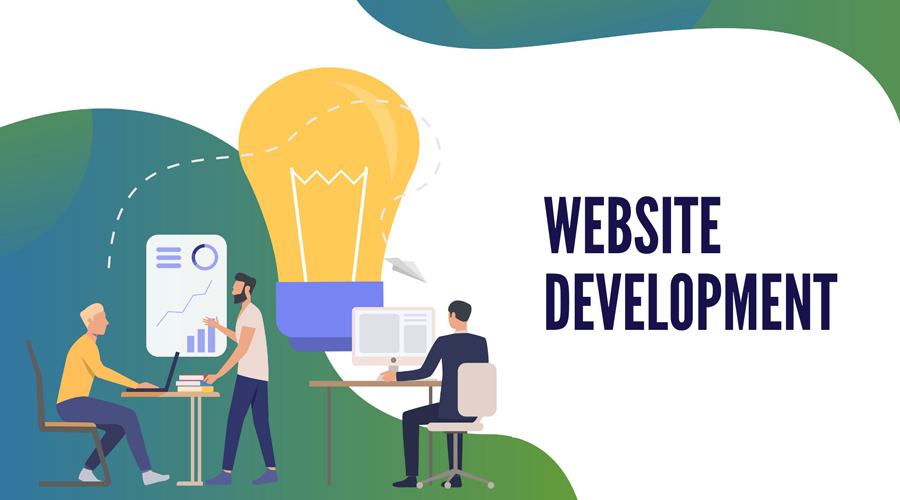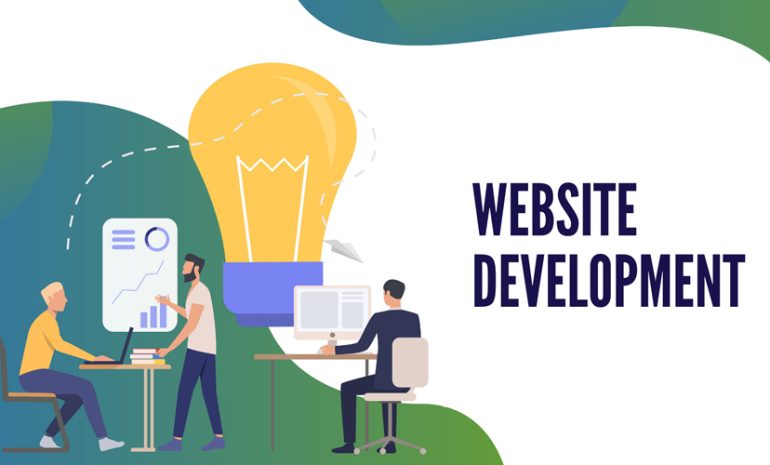In today’s digital age, having a website is essential for any business looking to grow and expand. However, simply having a website is not enough. To take your business to the next level, you need a website that is designed to convert visitors into customers. In this blog, we will discuss the key elements of a high-converting website and how you can design one for your business.
1. Define Your Target Audience
The first step in designing a high-converting website is to define your target audience. Who are your ideal customers? What are their pain points and how can your business solve them? Understanding your target audience will help you create a website that speaks directly to their needs and interests.
2. Clear and Compelling Messaging
Once you have defined your target audience, the next step is to create clear and compelling messaging that resonates with them. Your messaging should be concise, benefit-driven, and focused on solving your customers’ problems. Use headlines, subheadings, and bullet points to break up your content and make it easy to read.
3. User-Friendly Design
A user-friendly design is crucial for a high-converting website. Your website should be easy to navigate, with clear calls-to-action that guide visitors towards taking the desired action. Use a clean and simple design, with plenty of white space to avoid overwhelming visitors with too much information.
4. Mobile Responsiveness
With more and more people using their mobile devices to browse the web, having a mobile-responsive website is essential. Your website should be optimized for all screen sizes, with easy-to-use navigation and fast loading speeds. Test your website on different devices to ensure that it looks and functions correctly.
5. Trust Signals
Trust signals are elements that build trust and credibility with your visitors. These can include customer testimonials, social proof, security badges, and guarantees. Incorporating these elements into your website can help to reassure visitors that your business is trustworthy and reliable.
6. Clear Calls-to-Action
Clear calls-to-action are essential for converting visitors into customers. Use buttons, links, and forms to guide visitors towards taking the desired action, whether that be making a purchase, filling out a form, or booking a consultation. Make your calls-to-action clear and prominent, and use persuasive language to encourage visitors to take action.
7. Analytics and Testing
Finally, to ensure that your website is optimized for conversions, you need to track your results and test different elements. Use analytics tools to track visitor behavior and identify areas for improvement, such as high bounce rates or low conversion rates. Test different variations of your website to see what works best, and make changes based on your results.
In conclusion, designing a high-converting website requires a combination of clear messaging, user-friendly design, mobile responsiveness, trust signals, clear calls-to-action, and ongoing testing and optimization. By implementing these key elements, you can create a website that not only looks great but also drives results for your business.


